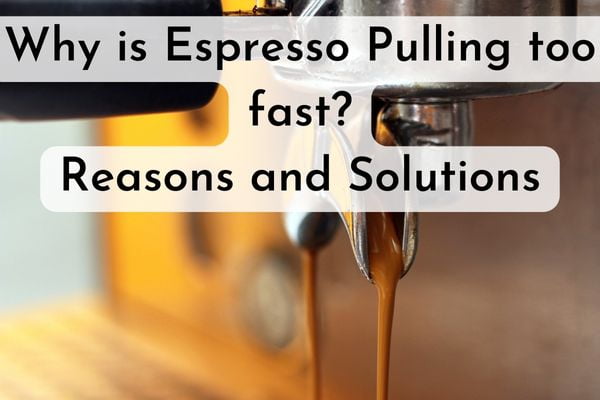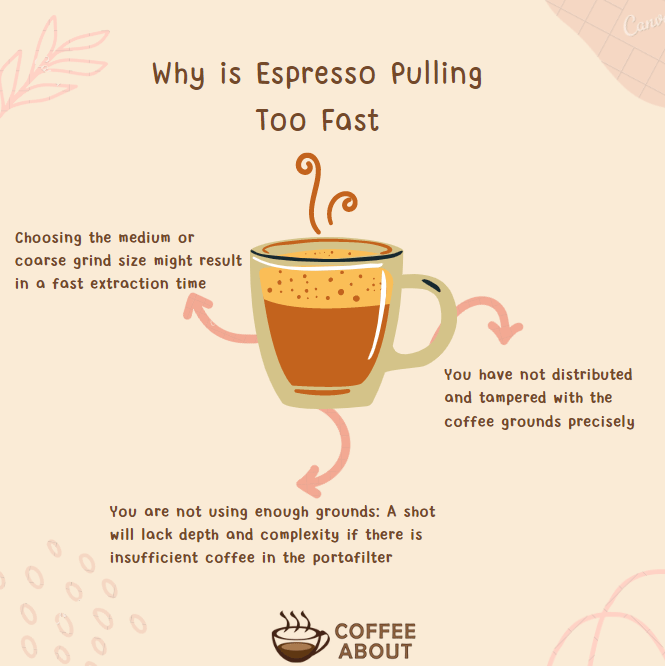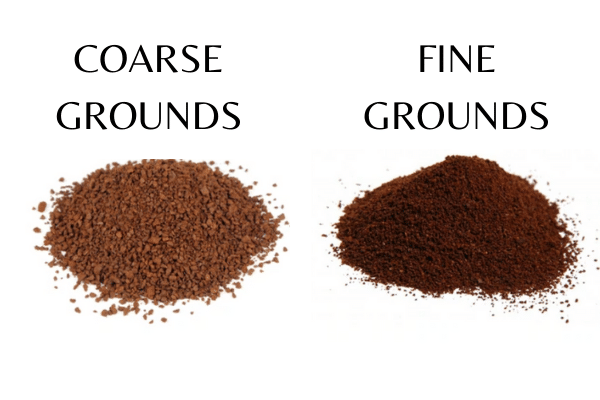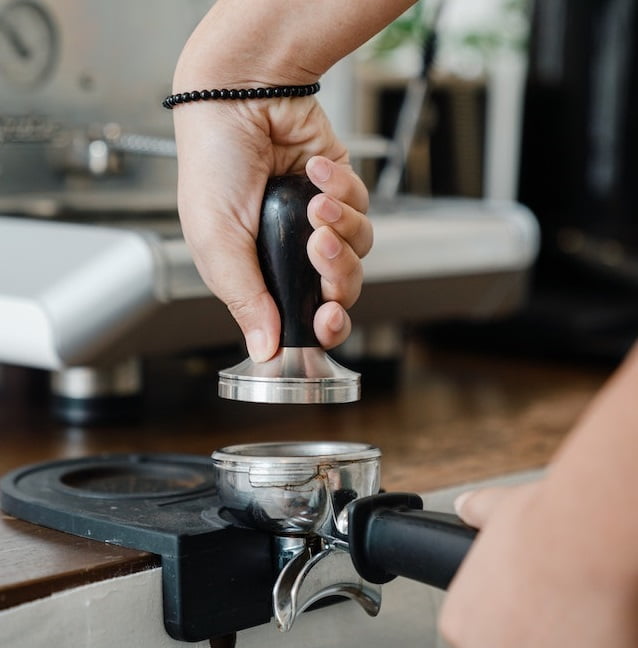The perfect time for pulling an Espresso shot is around 25-30 seconds. If your espresso is coming out too fast, it may be due to the wrong grind size, bad coffee beans, or improper distribution or tamping of the coffee grounds in the portafilter.
Have you ever been sipping on a disappointing shot of espresso, wondering why it tastes weak and lacks the bold flavors you were expecting?
A perfect shot of espresso requires attention to detail and careful consideration of various brewing factors.
When the shot is pulled too quickly it results in a dull and weak espresso shot.
Don’t Worry! In this article, I will explain all the reasons why is espresso pulling too fast and how you can fix it.

what is the ideal extraction time for espresso?
Generally, a good rule of thumb is to extract an espresso shot for 25-30 seconds. However, the ideal timing can vary depending on the coffee beans, roast level, and personal preferences.
Timing is not something you can adjust with Espresso, you need to play with other variables like the grind size, type of coffee beans, and water temperature or pressure to achieve the perfect espresso shot.
How to Fix Espresso Coming Out Too Fast?

1. Shift to a finer grind size
Choosing the incorrect grind size for espresso can result in a fast or slow extraction time, impacting the taste and quality of the shot.
If the grind size is too fine, water will struggle to pass through the coffee grounds, resulting in a long extraction time and perhaps over-extracted and bitter shots of espresso.
If the grind size is too coarse, the water will flow too quickly through the coffee grounds, resulting in a speedy extraction time and perhaps under-extracted and weak espresso.
If your espresso is running too quickly, it’s likely that you’re using a coarse grind size. To slow down the extraction and achieve a more flavorful and complex espresso, adjust the grind size finer.
If you’re serious about making espresso at home, a high-quality burr grinder is a must-have investment. Burr grinders produce consistent grinds, which is essential for a balanced espresso shot.
Here’s a guide on best grind size for Espresso

2. Use the right amount of coffee grounds
When the portafilter isn’t filled with enough coffee grounds, the water can’t properly extract the flavor and aroma from the grounds, leading to a shot lacking depth and complexity.
Follow the dosage recommendations for your equipment and make adjustments based on the shot’s flavor and quality.
The standard portafilter size for most espresso machines is 14 to 18 grams of coffee grounds for a double shot and 7-9 grams for a single shot.
It’s always a best practice to use a scale for weighing your coffee as it helps ensure you use the right amount.
Using the wrong portafilter basket type can also be the reason for espresso shots flowing too quickly.
For example, using a double shot basket for a single shot can cause the water to pass through too rapidly, resulting in an under-extracted shot.
It’s essential to read the dosage recommendations on the basket and stick to them, as the portafilter’s pores are designed to hold only the recommended amount of coffee grounds.
3. tamping the grounds perfectly
If the coffee grounds in the portafilter are not evenly and firmly tamped down, it creates gaps and channels for the water to flow through too quickly during extraction.
With these easy escape routes, the water channels through the puck quickly without making proper contact with all the coffee grounds.
To ensure uniform distribution of coffee grounds, flatten the surface with a distribution tool or your fingers first, then apply consistent pressure with a tamper to pack the grounds tightly and firmly.
Note: Don’t go too hard with the tamper too! Just apply enough pressure until the coffee puck pushes back at you and it will be fine!

4. Use Fresh Coffee Beans
Stale, old coffee beans can often lead to a faster espresso extraction. As coffee beans lose freshness, they become drier and don’t provide enough resistance required for a perfect extraction.
Using freshly roasted beans, ideally within 7-20 days of the roasting date, will help slow down the shot.
The oils and carbon dioxide gas in fresh coffee beans provide more resistance to the hot water passing through the grounds, leading to a slower and fuller extraction.

Check out Best Espresso beans
Why is Espresso coming out too fast really a problem?
- Sour Taste: A fast espresso pull will leave the coffee beans under-extracted and result in a sour or watery shot of espresso.
- Thin Crema: Quick extraction can result in thin and weak crema. Crema is essential for a good espresso, as it adds depth and richness to the flavor and aroma.
- Machine Overheating: It can also cause the machine to overheat, damaging the equipment and affecting the quality of future espresso shots.
For Making a better shot of Espresso read a guide on How to Dial in Espresso Machine
Final Thoughts
There you have it – the inside scoop on why your espresso pulling too fast and how to fix it. Proper grind size, dose, distribution, and tamping pressure are key to optimizing extraction time and flavor.
And don’t forget maintenance like cleaning the group head and replacing the portafilter basket.
Got any other tricks for troubleshooting espresso pours? Let me know in the comments! I’d love to hear your tips and favorite beans for pulling espresso shots
Check out a guide on How to use an Espresso Machine
Is a Wet Espresso Puck a Problem?
A wet Espresso puck isn’t necessarily a problem if the outcome is a great shot.
But it is definitely a good practice to examine the puck so you can use it to replicate the brewing parameters if things go well.
How much espresso should be pulled?
The general rule of thumb for Espresso is a 1:2 coffee-to-water ratio. So, if you are dosing 14 grams of coffee beans the output should be 28 grams of espresso liquid.
However, this ratio can be altered slightly depending on the type and roast of coffee beans.
when to stop pulling espresso shots?
The sweet spot for an espresso shot is around 1-1.5 ounces or 25-35ml. Let the espresso pour into your cup until it reaches that ideal volume range. You’ll notice it starts out dark brown and turns lighter blond – that’s your cue to stop the pull!
Going beyond 1.5oz will make the taste more bitter because of over-extraction.





